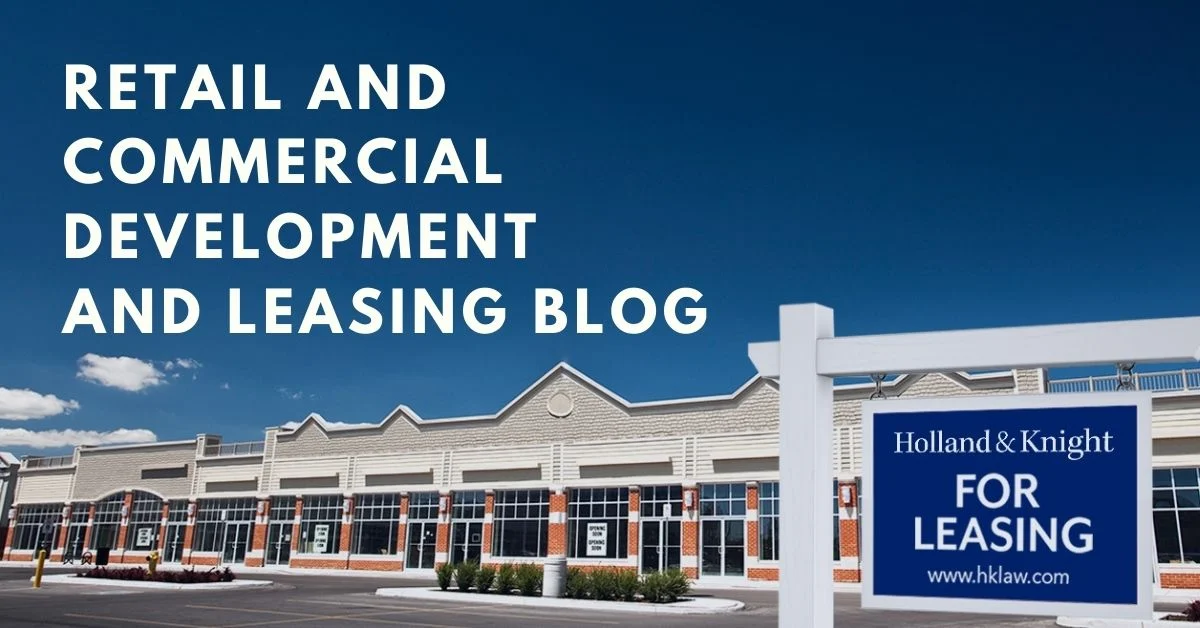Inflation Reduction Act of 2022: Prevailing Wage and Apprenticeship Provisions

The IRS is currently in the process of implementing the Inflation Reduction Act of 2022 (IRA), which addresses energy, tax and health policy. The IRA offers, among other incentives, tax credits to an array of organizations (e.g., businesses, nonprofits, educational institutions, and state, local and tribal governments).
Under the IRA, enhanced tax credits are available to taxpayers that ensure prevailing wages that are paid to workers and registered apprentices are utilized for the construction of, among other things, energy-efficient commercial buildings and electric vehicle (EV) charging infrastructure. By statute, the prevailing wage and apprenticeship requirements generally apply to qualifying facilities where construction begins 60 days or more after the U.S. Department of the Treasury (Treasury) and the IRS publish guidance on those requirements. This occurred on Nov. 30, 2022, and thus the IRA's prevailing wage and apprenticeship provisions went into effect on Jan. 29, 2023. In other words, in order to receive the available enhanced tax credits, taxpayers must meet the prevailing wage and apprenticeship requirements for facilities where construction begins on or after Jan. 29, 2023.
The IRA's prevailing wage and apprenticeship provisions apply to the:
- Energy Efficient Commercial Buildings Deduction
- Production Tax Credit (PTC)
- Investment Tax Credit (ITC)
- Alternative Fuel Refueling Property Credit
- Clean Fuel Production Credit
- Credit for Carbon Oxide Sequestration
- Credit for Production of Clean Hydrogen
- Advanced Energy Project Credit
Taxpayers who wish to take advantage of the above enhanced tax benefits must ensure that all laborers and mechanics are paid the applicable prevailing wage, including fringe benefits (e.g. health insurance, holiday pay or paid sick leave), for all hours performed in the construction, alteration or repair on the work site of a qualified facility. A prevailing wage is the combination of the basic hourly wage rate and any fringe benefits rate paid to workers in a specific classification of laborer or mechanic in the area where construction, alteration or repair is performed, as determined by the Secretary of Labor.
The construction, alteration or repair of the following types of facilities may be eligible to receive the above-mentioned enhanced tax benefits if the applicable prevailing wage requirements are satisfied:
- Facilities that produce electricity from certain renewable resources (e.g., wind, biomass, geothermal, solar, landfill gas, trash, qualified hydropower, and marine and hydrokinetic resources)
- Energy storage technologies
- Industrial carbon capture or direct air capture
- Energy-efficient commercial buildings (increased deduction amount)
- Dwellings that meet certain Energy Star efficiency standards
- Certain qualified nuclear power facilities
- Alternative vehicle refueling properties
- Qualifying advanced energy projects (e.g., manufacturing or industrial facilities)
- Clean hydrogen facilities
- Clean fuel production facilities
In connection with the apprenticeship provisions, IRS Notice 2022-61 (IRS Notice) provides that to meet the apprenticeship requirements, taxpayers must ensure that, "with respect to the construction of any qualified facility, not less than the applicable percentage of the total labor hours of the construction, alteration, or repair work (including such work performed by any contractor or subcontractor) with respect to such facility is … performed by qualified apprentices." The applicable percentage is 1) in the case of a qualified facility, the construction of which begins before Jan. 1, 2023, 10 percent, 2) in the case of a qualified facility, the construction of which begins after Dec. 31, 2022, and before Jan. 1, 2024, 12.5 percent, and (3) in the case of a qualified facility, the construction of which begins after Dec. 31, 2023, 15 percent.
The IRS Notice also explains that taxpayers must keep records sufficient to establish, among other things, the amount of any credit or deduction claimed. Thus, for purposes of showing compliance with the IRA's prevailing wage provisions, the taxpayer must maintain records that are sufficient to establish that the taxpayer and the taxpayer's contractor and subcontractor paid wages not less than such prevailing wage rates. The U.S. Department of Labor provides that said records could include documentation identifying the applicable wage determination, the laborers and mechanics who performed construction work on the facility, the classifications of work they performed, their hours worked in each classification and the wage rates paid for the work.
More Blogs in This Series
Part 1 - Green Lending in Commercial Real Estate: Four Core Components of Green Loan Principles
Part 2 - Going Green in Commercial Real Estate: Aim for a Zero-Emissions Building Standard
Part 3 - Renovating Existing Commercial Real Estate Building to Become Green
Part 4 - Cities Are Going Green Through Sustainable Real Estate
Part 5 - An Introduction to Property Assessed Clean Energy Financing
Part 6 - Inflation Reduction Act Offers a Variety of Green Building Tax Incentives
Part 7 - Inflation Reduction Act of 2022: Business Energy Investment Tax Credit
Part 8 - Inflation Reduction Act of 2022: The Newly Added Renewable Electricity Production Tax Credit
Part 9 - Inflation Reduction Act of 2022: Prevailing Wage and Apprenticeship Provisions (You are currently reading Part 9)
Part 10 - Energy Star and LEED Certifications - What's the Difference?
Related Insights

